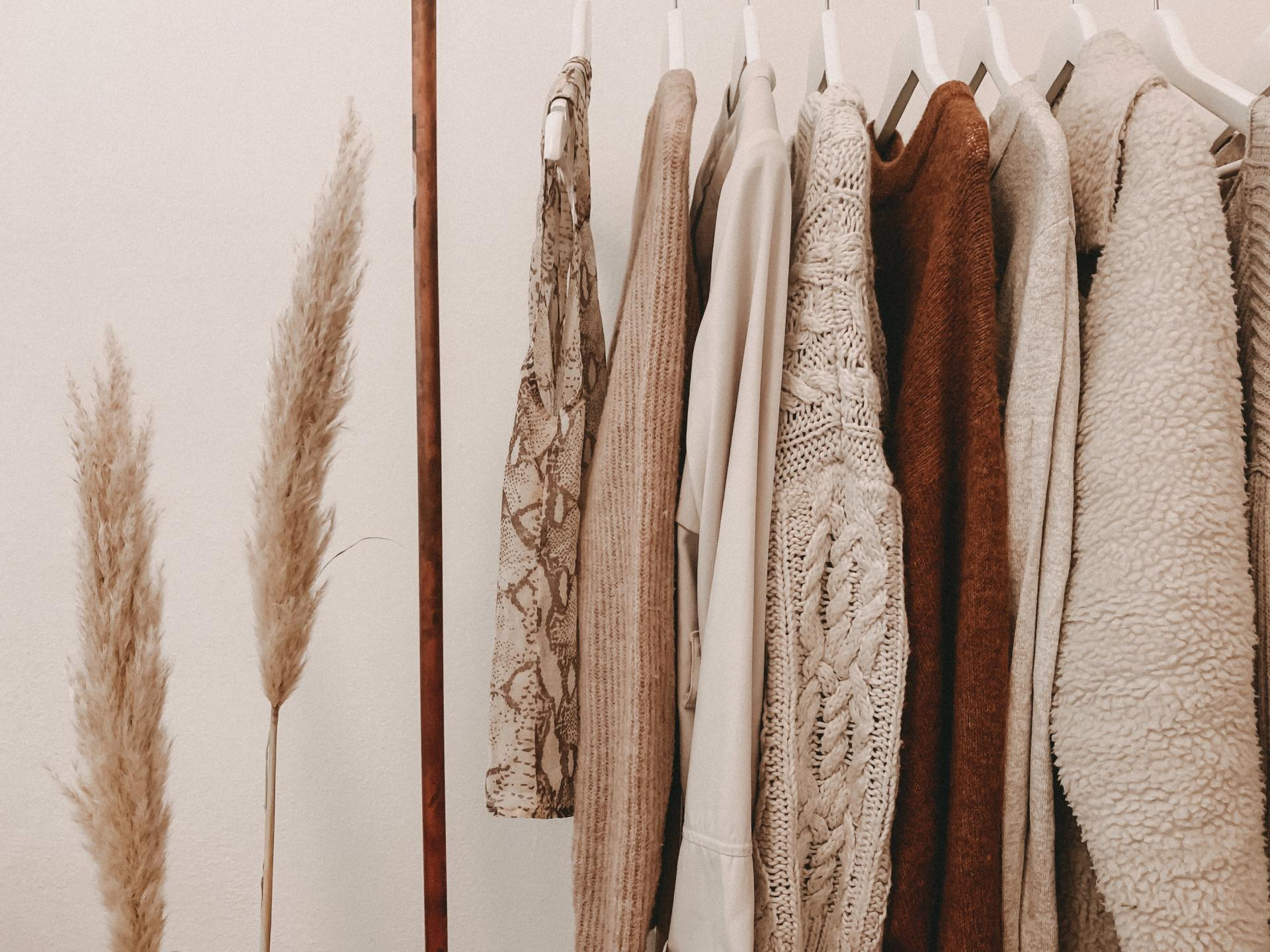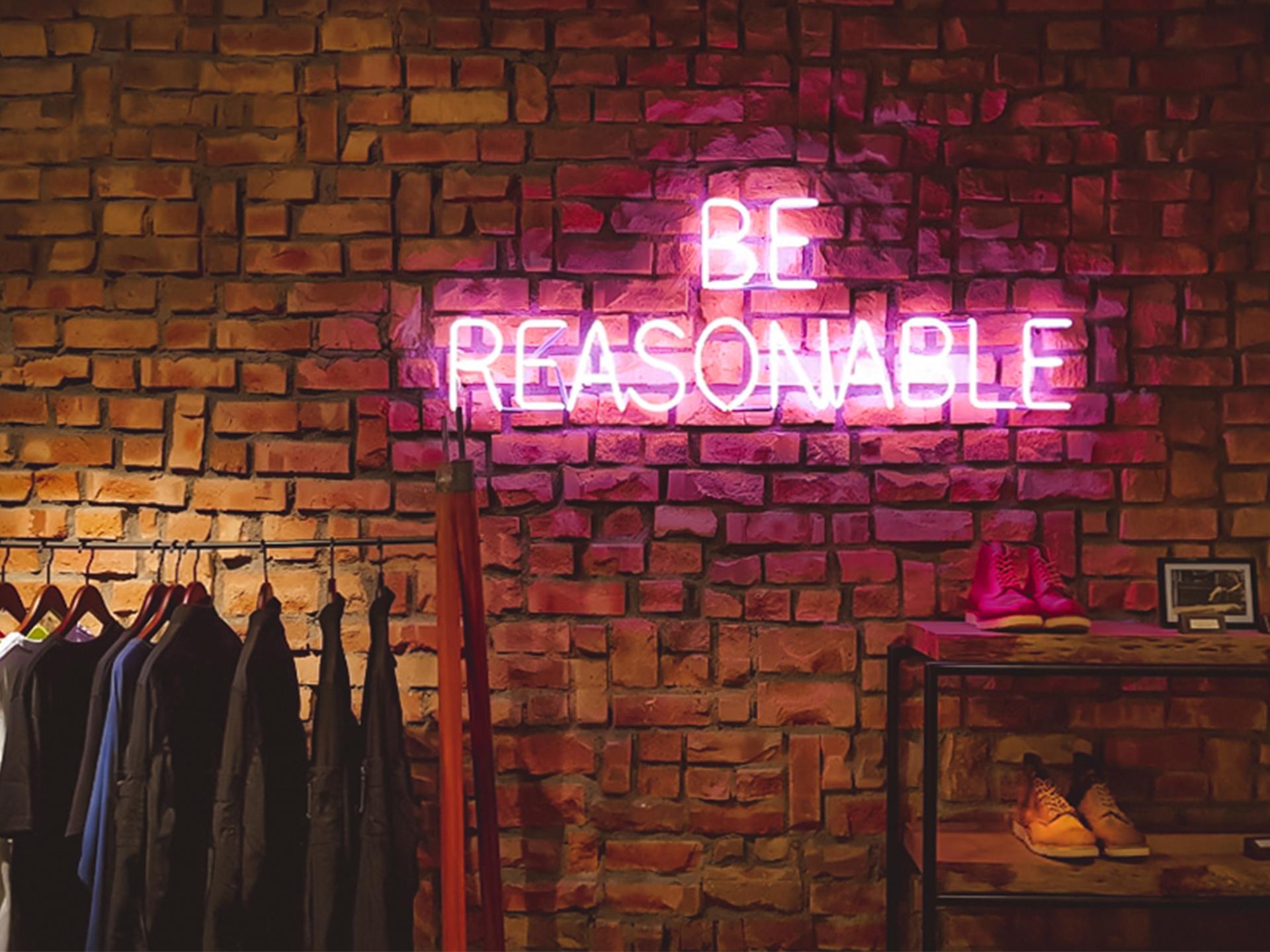Blogopmaak
Green laundry
Dec 08, 2019
8 Tips for "Green Laundry"
In our
previous blog we already mentioned laundry habits as one of the simple things to change if you want to become more sustainable. In this blog we highlight some specific tips for this. Of course, implementing them all at once is a real challenge, but every small change in our habits already leads to big improvements on a large scale.
1. Washing or airing?
Avoid the washing of clothes that are not really dirty (no spots), this is beneficial for the environment as well as for the condition of your clothes.
2. Line dry
It saves energy, money, it is better for your clothes and it is a free workout.
3. Pay attention to your laundry detergent
Don't use too much of it and use liquid detergent instead of powder detergent. This decreases the release of microplastics in the water.
4. Wait until the machine is full
This saves water, energy and money. If you really want to wear your favorite sweater tomorrow but you can't fill the washing machine: wash it by hand.
5. Watch the temperature
Don't wash your clothing too hot, this prevents shrinking and saves energy.
6. Know what you buy
First of all pay attention to the energy rating of the washing machine. Besides that, make sure you match the size of the machine with the size of your family, this avoids half-full machines.
7. Instructions are there for a reason
Read the washing instructions in your clothes. Pay attention to what it says about the temperature, bleaching, inside-out washing and centrifugation. This prevents you from destroying it and having to throw it away.
8. Take care of sharp parts
Close zippers, put bras in an extra bag and watch other sharp parts that might damage the clothes in the washing machine.
For
facts about our current fashion industry or overall tips on
taking your wardrobe to a greener level read our other blogs!
Share this post on:

26 Jan, 2020
Sustainability is a rising topic in most industries but it seems like the fashion industry has difficulties keeping up with the rapid changes. What can be the first steps in your journey towards a sustainable supply chain? In this blog we will share some examples of innovations, technological developments and other tips to inspire you. Supply chain Even though most fashion designers and manufacturers are aware of the upcoming change within the industry, it might be hard to be the first to choose for sustainability. However, there will be a moment when this change becomes required by new regulations. Therefore, taking the initiative, delving into innovations and looking for possible ways to improve the current uses is extremely important. It is hard to improve the situation drastically when only focusing on one part of the supply chain. By implementing smaller changes throughout the whole supply chain, improvements are easier to achieve. Material choice When choosing the right materials and fabrics it is important to choose materials that expand clothing's lifespan. Fabrics have to be of good quality so it does not wear out after a few times wearing or washing. Besides that, the newest developments in the field of fabrics have to be a point of attention. For example, recycled fabrics such as Seaqual (polyester made of ocean plastics) or Econyl (nylon made of old nylon fabrics) are interesting materials to consider. Also the dyeing process can differ. An example of a sustainable dyeing method is DyeCoo. During this dyeing procedure, no water and no process chemicals are used.

By MAX creations
•
24 Nov, 2019
In our previous blog , we mentioned some facts about our current fashion industry. We do believe that creating awareness activates people and makes them willing to contribute to the revolution that is needed. But how? How can you contribute to this? In this blog we give you five tips that are easy to apply. No rigorous changes, but just a few shifts in your behavior that will lead to great improvements. 1. First think, then Buy! All these clothes in your wardrobe that you only wore once, twice or maybe three times. A shame but you are certainly not the only person that has this problem. On average 25 percent of our wardrobes exist of clothing that has never been worn or has not been touched for over a year. The reasons for this? We have a lot more than we actually need. The only person that can manage this amount is you. We're not telling you to stop buying clothes Of course but always think twice before you 'just' buy a piece because it is cheap or you think it will come in handy one day. Try to buy timeless pieces that you can easily combine and wear on multiple occasions. Next time you're shopping ask yourself: Do I need this? Do I really like it? Do I know how to combine it? Is it of good quality? And if the answer is yes....then buy it! 2. You get what you pay for We all know the prices that we can buy clothing for nowadays. If you're lucky you pay less for your new jeans than for your dinner. But is this logical? Isn't something which you (hopefully) benefit from longer than one evening worth it to invest in? We have to learn to buy clothing that has a long lifespan and not just buy disposables even though the current prices make this so tempting. By this, we don't mean that you should only buy expensive clothing. Moreover, expensive clothing does not automatically mean that it is better. What we do mean is that we should all become aware of the quality we buy and that there is a reason that some clothing is as cheap as it is. Try to pay a little attention to the materials or quality marks that are assigned to clothing and your wardrobe will become more sustainable. 3. Ready to be washed? How often do you wash your clothing? We hope for your underwear the answer is after one wear but for almost all the other clothing we hope it's not. Many of us are great at washing clothing after one wear. In the end, nothing benefits from this since you have more laundry, more to iron, you can't wear that favorite sweater for a few days after you threw it in the washing machine and there are even more important reasons to stop washing your clothes too often. The first reason is the quality of your clothing. For example, jeans will not benefit from washing them too often. Another reason is the impact on the environment that washing has. Think about the amount of energy and water you use for washing, drying and ironing. Besides that, the water we use for washing is polluted by soap we use and the micro plastics and other chemicals that come off the clothes. The first simple solution to this is to not wash clothing that does not need to be washed. For more tips on how to strive for 'green laundry' read our blog ! 4. Get rid of it in a good way So you have this piece for over two years in your wardrobe and you are sure you are never going to wear it again. What now? You want to get rid of it but what is the best place to bring it? Every year an average of 145 kilograms of clothing ends up in the residual waste. Clothing that ends up here cannot be recycled anymore which is a shame. Instead of throwing your clothes into the residual waste you can, for example, give them to a friend or family member, sell it, swap it or throw it in the designated clothing containers. By doing this, your clothing will get a longer lifespan and the best end-of-life solution. 5. Treat them well Once you start buying clothes that are of more value and better quality, it is up to you to keep this. Besides being careful during the washing process there are more ways to remain the quality of your clothes. Storing your clothing correctly in your wardrobe is very important to keep the original shape. Fold stretchy clothing and hang clothing that creases easily. Also, be careful with perfumes or deodorants that might affect colors a nd whenever something is broken like for example a zipper......try to get it fixed before you decide to throw it away. MAXIMIZE RECYCLING - OPTIMIZE LIFESPAN - MINIMIZE WASTE




